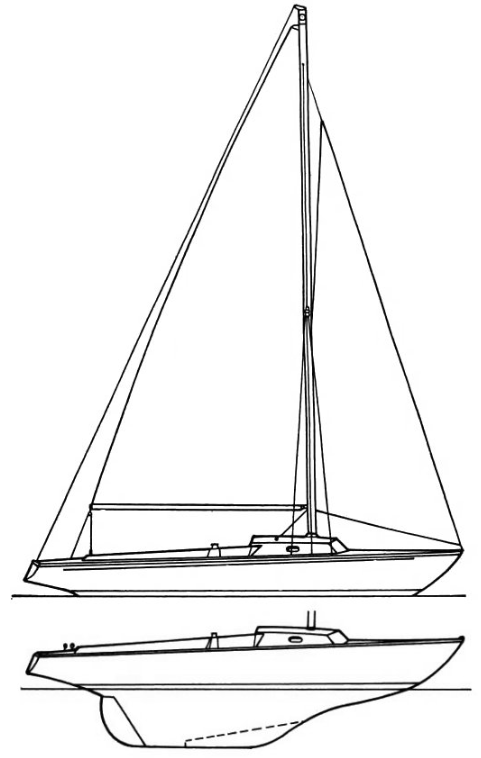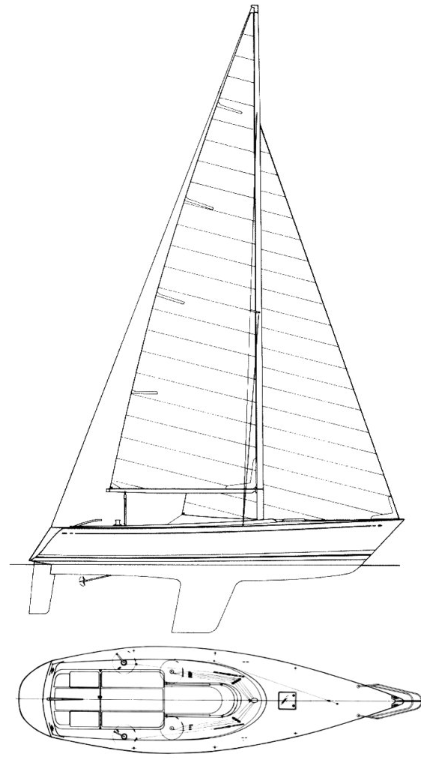Learn how to sail, or cruise, on sailboat designs that have survived the test of time, and made it into the American Sailboat Hall of Fame!
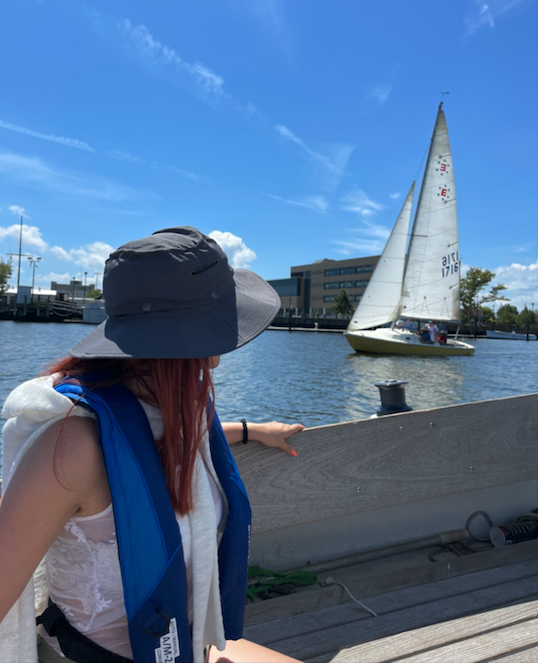
Our family has introduced a number of sailboat designs to the school industry over the decades, so we know something about what works for teaching (and what doesn’t). From Basic to Bareboat and beyond, our boats are ideally suited to their assignment – the perfect platforms for you to learn or advance on. They are pedigree designs from renowned naval architects that you’ll want to keep coming back to sail on!
- Ensign. Designed by the venerable naval architect Carl Alberg, this stable, lively day sailor is roomy, comfortable, fast in light winds, and stable in a breeze.
- Tartan Ten. The first big-boat one-design, the ‘Spartan Tartan’ is the perfect progression platform for starting out with the cruising lifestyle – able to step up the size and equipment you use, yet still refine your sailing skills.
- Beneteau and Jeanneau sailing yachts on our Caribbean and Mediterranean sailing vacation courses. The world’s oldest and largest sailboat manufacturer is hard to beat, which is why the world’s preeminent charter companies use them around the world.
Here are their common attributes, followed by some specifics for each…
Safety. Face it – boats move around a lot, and they lean sideways too. Our learn to sail boats have ergonomic layouts that make you more relaxed and comfortable sitting down as well as moving around. Unobstructed bench seats, high booms, stability in a breeze make for a safer and more effective education.
Size. Appropriate sizing is critical to developing a feel for sailing and also mastering a general size/class of boat at a given level of training. Once you do, you can step up. If you don’t – you’re stuck in limbo. Our Ensign, at 23 feet, is the closest thing in the region to what the American Sailing Association, ASA, has traditionally recommended for learn-to-sail instruction:
“…a boat of about 20 feet in length.” (more recently, “20-27”)
Balance of properties. We choose boats for balance in every sense of the word – safety, sailing properties, steering, space, ergonomics, suitability for teaching the level contemplated, and preparing you for other boats.
Fun to keep sailing on. This is the critical intangible. Will you want to keep sailing, period – let alone on our boats? The answer is yes.
So… which boats do we have that make the grade?
Start Sailing (learn to sail/ASA 101, Basic Keelboat): The Ensign.
The Ensign class sloop was designed by Carl Alberg in 1962. And, unlike most older one-design classes from decades ago, it’s still going strong. In fact, it’s resurgent! This full-keel boat is very stable, and forgiving. Here’s a YouTube clip from a lesson on an Ensign on a breezy day: Halloween, 2022!..
And, the Ensign performs surprisingly well in lighter winds, which makes it an ideal training boat for all conditions. It’s a fantastic daysailing boat, and is still raced actively in fleets across the country – including in Sheepshead Bay, and in Nyack NY on the Hudson. Huge bench seats with deep backrests make it both comfortable and comforting, regardless of the activity. Several quality sailing schools use this design to teach beginners.
Cruising course boats. We use a variety for our more advanced courses.
For Start Cruising (ASA 103, Basic Coastal Cruising), the next step up, we use the Tartan Ten (10 meter)
The Tartan Ten is another survivor of the whims of sailing and sailors. Like the Ensign above, the ‘Spartan Tartan’ made it into the American Sailboat Hall of Fame. This is a fast, responsive, maneuverable sloop that was intended primarily for racing, but with enough accommodations to do some overnighting (roomy, but very simple interior, hence the nickname). Like the few other designs that didn’t try to do everything, it succeeded at its core intention: sailing well. So, the class survived the decades.
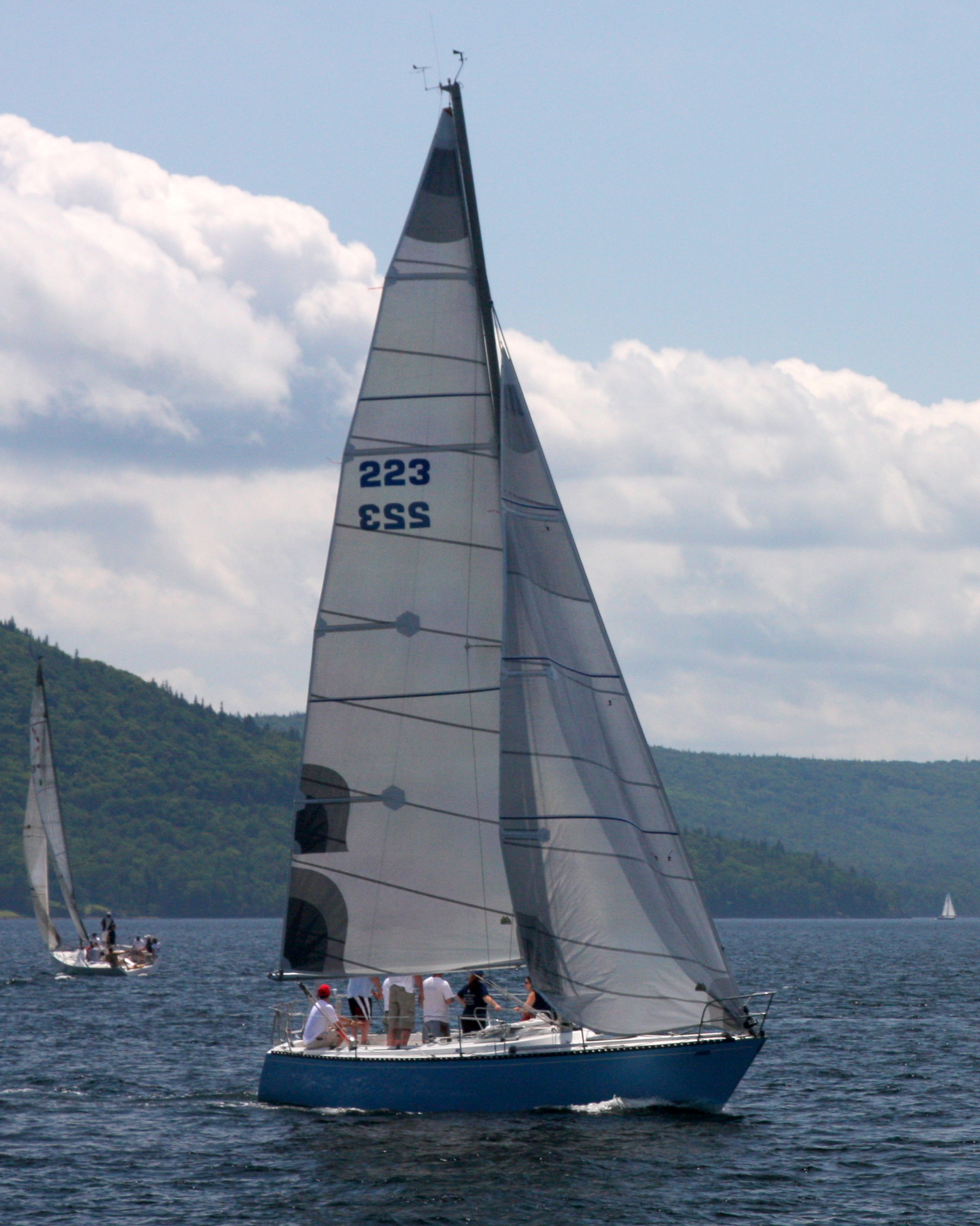
The Tartan Ten makes for a perfect progression platform. It’s light for it’s length, so it doesn’t overwhelm a student stepping up from their learn-to-sail foundation. But, it has what’s required to do so: size commensurate with the smaller charter boats in fleets around the world, and an inboard diesel engine for docking, mooring and anytime strictly sail isn’t practical or safe. It also has the roller furling system found on all charter yachts. Yet, it’s still steered with a tiller – a better choice for refining and progressing as a sailor. Most students taking a Basic Cruising course still need some of the basics of sailing. Adapting to a much larger boat is hard enough without changing the way it’s steered. Once the sailing skills are really there, it’s easy to adapt to a wheel. (It doesn’t work well the other way around.)
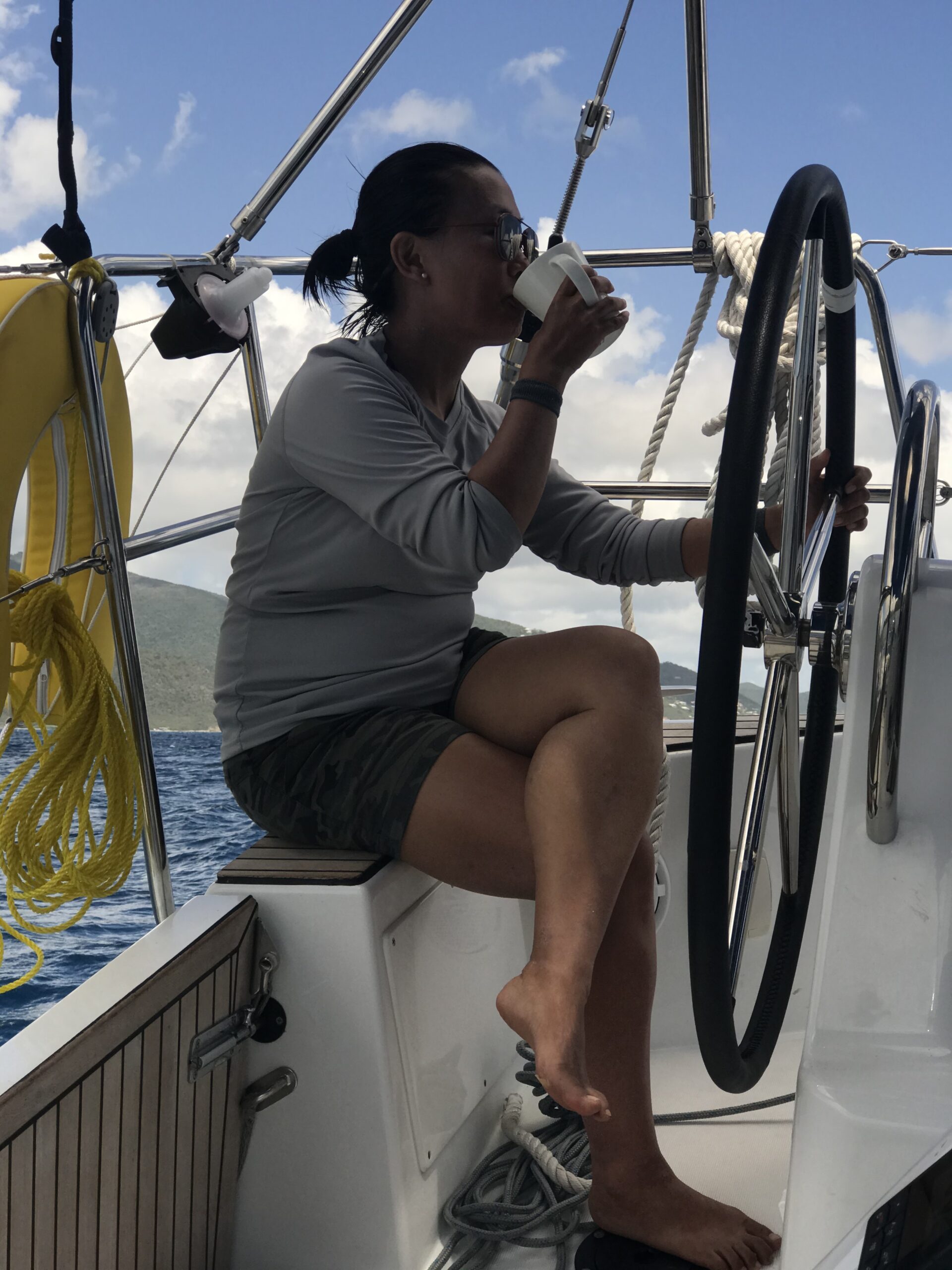
For Start Bareboating, (ASA 104, Bareboat Cruising), we use somewhat larger wheel steered yachts with inboard diesel engines and other appropriate equipment. Most of our Bareboat 104 courses are done on our Caribbean and Mediterranean trips in the British Virgin Islands, Croatia and Italy. These yachts range from 40 to 47 feet, balancing sailing ability with accommodations for a week’s sailing and vacationing.
When we do Bareboat 104 courses locally, we use privately owned boats that are curated and vetted for the best experience for students attending. Already have your own cruising yacht, but need the 104 training and certification? Hit us up! If your boat is well suited to this course’s needs, the next course could be on your boat!
Sailing Club. The best training boats are usually the best choices for just sailing around and cruising too. Unmatched fleet variety is at your disposal as a sailing club member, and you’ll be able to skipper whatever you trained on from Basic to Bareboat, 23-over 30 feet. If you learned somewhere else, we’ll evaluate what you’re able to handle and try to bump you up a notch, too.
